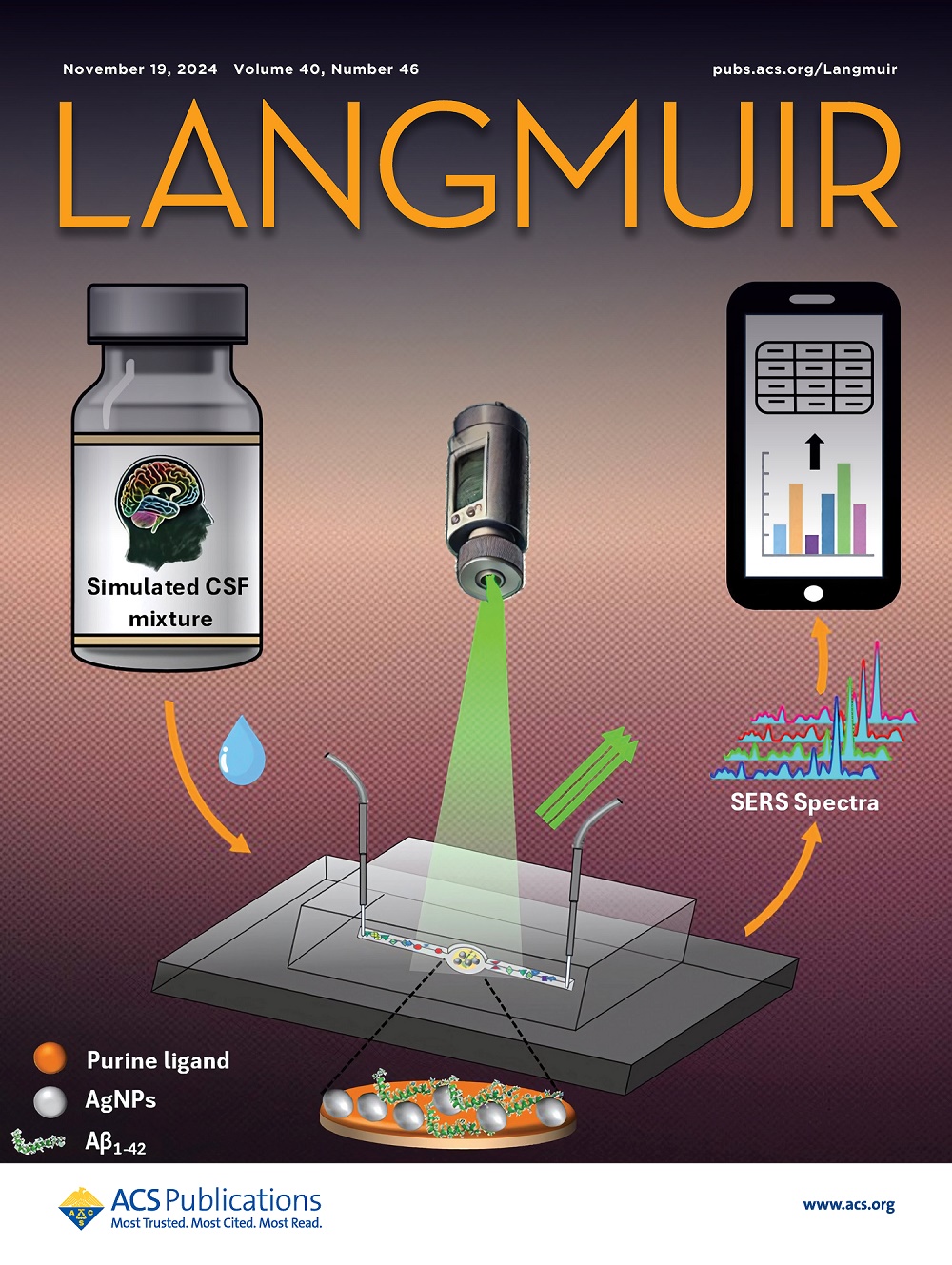M/MoS2 (M = Ti, Al, Mo, Ag) Nanofilms: Preparation by Magnetron Sputtering and Effects of Power of Magnetron Sputtering and Medium/Low-Temperature Annealing.
IF 3.7
2区 化学
Q2 CHEMISTRY, MULTIDISCIPLINARY
引用次数: 0
Abstract
Molybdenum disulfide (MoS2) has been widely applied in photocatalysts, field-effect transistors (FETs), and solar cells in virtue of its high specific surface area and superior carrier mobility. Nevertheless, conventional MoS2-based FETs involve Au and Ag as the electrode materials, resulting in a high manufacturing cost. More importantly, conventional preparation methods (e.g., chemical vapor deposition) require a high-temperature process and transfer of MoS2, as well as subsequent electrode deposition, for device fabrication, while transfer of MoS2 tends to cause secondary contamination. In this study, M/MoS2 (M = Al, Ti, Mo, Ag) nanofilms were prepared by magnetron sputtering at room temperature. Herein, cost-effective electrode metals were used as the electrodes, and the transfer of MoS2 is avoided. Meanwhile, the effects of key factors, including the power of magnetron sputtering and postsputtering annealing, on the electrical performance of as-prepared M/MoS2 nanofilms were explored. The results demonstrated that the power of magnetron sputtering and medium- and low-temperature annealing significantly affected film morphology (e.g., particle size and surface roughness) and structure (e.g., crystallinity and structural integrity). Specifically, the resistivities of metal-semiconductor contacts of M/MoS2 increased and then decreased as the power of magnetron sputtering increased; medium/low-temperature annealing led to decreased electrical resistivity at the metal-semiconductor contact of M/MoS2. Additionally, the M metal had a significant influence on the electrical performance of M/MoS2. Among the as-prepared composites, Mo/MoS2 exhibited the lowest contact resistance, making Mo most suitable for the electrode in MoS2-based electronic devices. This study provides insights for the preparation of large-area M/MoS2 nanofilms with improved electrical performances by cost-effective magnetron sputtering.M/MoS2 (M = Ti, Al, Mo, Ag)纳米膜的磁控溅射制备及磁控溅射功率和中低温退火的影响
二硫化钼(MoS2)由于其高比表面积和优越的载流子迁移率,在光催化剂、场效应晶体管(fet)和太阳能电池中得到了广泛的应用。然而,传统的mos2基fet涉及Au和Ag作为电极材料,导致制造成本高。更重要的是,传统的制备方法(如化学气相沉积)需要高温工艺和MoS2的转移,以及随后的电极沉积,用于器件制造,而MoS2的转移容易造成二次污染。本研究采用磁控溅射法制备了M/MoS2 (M = Al, Ti, Mo, Ag)纳米膜。本研究采用了高性价比的电极金属作为电极,避免了二硫化钼的转移。同时,探讨了磁控溅射功率和溅射后退火等关键因素对制备的M/MoS2纳米膜电性能的影响。结果表明,磁控溅射功率和中低温退火对薄膜的形貌(如粒径和表面粗糙度)和结构(如结晶度和结构完整性)有显著影响。其中,随着磁控溅射功率的增大,M/MoS2金属-半导体触点的电阻率先升高后降低;中低温退火导致M/MoS2金属-半导体接触处电阻率降低。此外,M金属对M/MoS2的电学性能有显著影响。在所制备的复合材料中,Mo/MoS2具有最低的接触电阻,使Mo最适合用于MoS2基电子器件的电极。本研究为采用低成本磁控溅射技术制备大面积的M/MoS2纳米膜提供了新的思路。
本文章由计算机程序翻译,如有差异,请以英文原文为准。
求助全文
约1分钟内获得全文
求助全文
来源期刊

Langmuir
化学-材料科学:综合
CiteScore
6.50
自引率
10.30%
发文量
1464
审稿时长
2.1 months
期刊介绍:
Langmuir is an interdisciplinary journal publishing articles in the following subject categories:
Colloids: surfactants and self-assembly, dispersions, emulsions, foams
Interfaces: adsorption, reactions, films, forces
Biological Interfaces: biocolloids, biomolecular and biomimetic materials
Materials: nano- and mesostructured materials, polymers, gels, liquid crystals
Electrochemistry: interfacial charge transfer, charge transport, electrocatalysis, electrokinetic phenomena, bioelectrochemistry
Devices and Applications: sensors, fluidics, patterning, catalysis, photonic crystals
However, when high-impact, original work is submitted that does not fit within the above categories, decisions to accept or decline such papers will be based on one criteria: What Would Irving Do?
Langmuir ranks #2 in citations out of 136 journals in the category of Physical Chemistry with 113,157 total citations. The journal received an Impact Factor of 4.384*.
This journal is also indexed in the categories of Materials Science (ranked #1) and Multidisciplinary Chemistry (ranked #5).
 求助内容:
求助内容: 应助结果提醒方式:
应助结果提醒方式:


